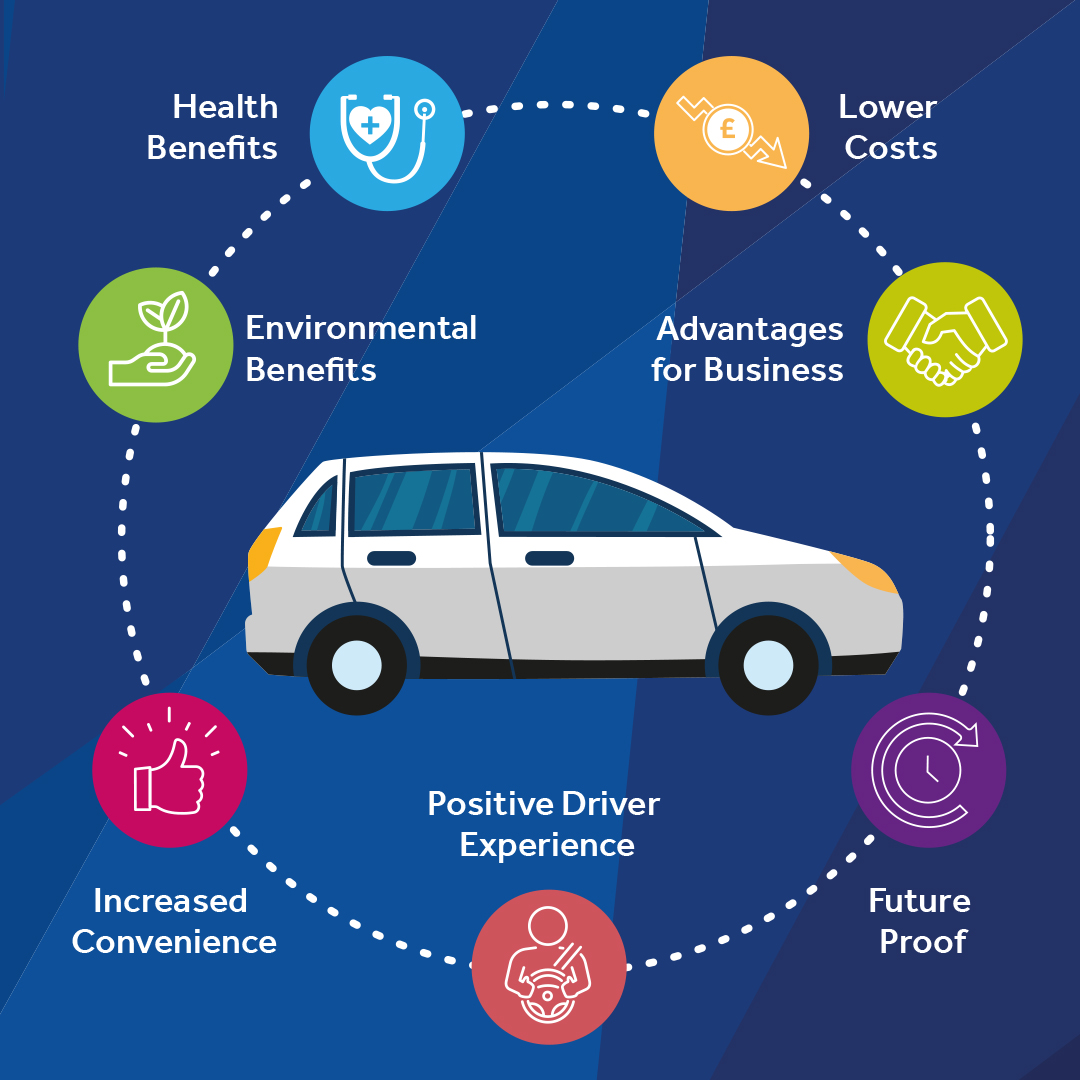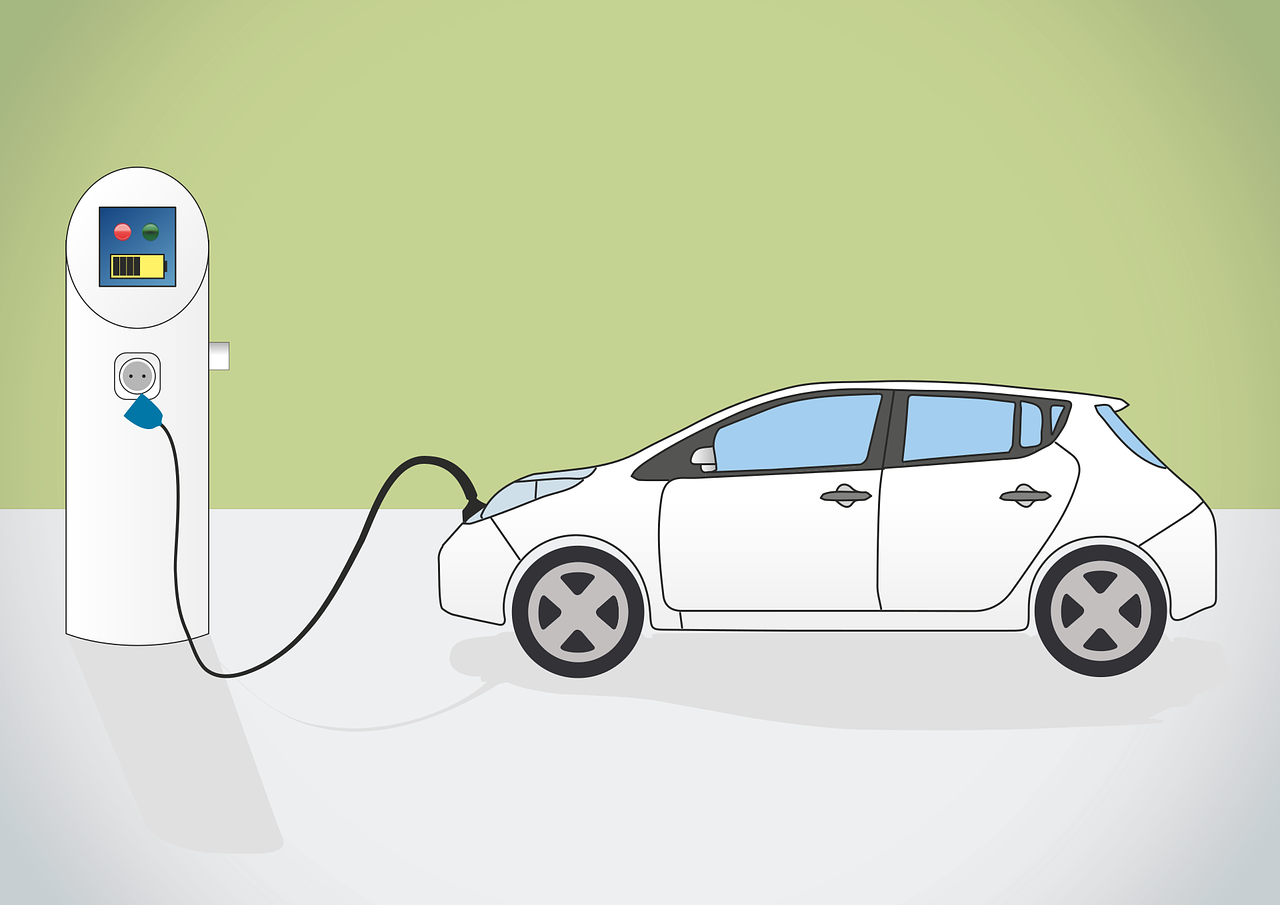The Basics of Energy Savings
Rapid development and urbanization around the world has impacted our needs of living, and electricity has become an essential part of this urbanized infrastructure.
In fact, the global demand for electricity has been increasing so significantly over the last decade that it is expected to double by 2030. However, with resources becoming increasingly challenged in terms of availability and transportation, especially in remote areas where resources are sparse, the energy supply chain is getting stretched and becoming more expensive. This is further accentuated by geo-political challenges.
Therefore, it is clear that the energy market has turned into a problem of supply-and-demand. There are several ways to address this, using such methodologies as energy efficiency, lifestyle adjustments, and use of distributed and renewable energies. This article addresses energy savings through efficiency improvement trends and distributed energy concepts, also known as smart grids, to alleviate this problem. These are ways to address energy savings while still meeting our needs.
Energy savings
Energy savings is the reduction of the cost incurred by the consumer while meeting the same energy needs. This reduction could be electricity cost for a home, commercial real estate, or an industrial site. It could also be the fuel cost to drive transportation. As the energy sector grows more fragile due to supply chain challenges and geo-political issues, energy prices get more volatile. Furthermore, different governments offer their own forms of subsidies for different terms.
Collision of this global demand with supply issues has resulted in consumers — household, commercial, and industrial — looking at smart devices and green energy to reduce cost. This makes consumers less susceptible to price volatility and ensures the bottom line result — energy savings.
Green energy
Going green is a catchy phrase and an attractive way to sell products from a marketing standpoint. As it happens, there are also significant savings involved. Here’s why: The new landscape of energy utilization involves a government mandate for reducing carbon emission. Such mandates are incentivized to the consumer through financial benefits such as tax credits, or subsidies (if one were to use renewable energy sources such as solar, wind, and so on). This, in turn, results in energy savings, although one might argue that there is an upfront capital investment for such sources.
It is important to point out that significant impact in energy savings from green energy is reflected over a period of time, for example, around five to 15 years for a domestic solar installation. This time period, commonly called the payback time, after which the consumer is energy independent, is declining significantly. It is expected to continue to fall over time due to decreasing manufacturing. Moreover, financial engineering in this market coupled with these government incentives has become quite sophisticated — enough to give consumers numerous options.
Finally, green energy is the source of a distributed energy generation ecosystem, which is also referred to as smart grid. The smart grid is the future of energy generation and transmission, coupled with intelligence built into it.
Energy efficiency
Green energy markets create opportunities for increased energy efficiency throughout the value chain. The upstream portion is the set of solar panels or a wind turbine. The downstream portion of the value chain is the power regulation to supply the energy back to the grid, a load that could be a home or a battery for storage purposes.
Power regulation is done nowadays by switched-mode power supplies. They are fundamental to improving efficiency, as opposed to the linear power regulation systems that still exist in older generations of systems, which are bulky and bleeding with low efficiency. Switched-mode power supplies are based on semiconductor switches with power electronics to control them.
Appliances
All appliances need power supplies to perform to their required functionality. Let’s take the example of a wall-plugged system, which is an AC source. The first part of the system is an AC-to-DC conversion followed by DC-to-DC conversion to reach the required output voltage to be delivered to the load. Some examples of load output voltage are 12V to 48V for telecommunication systems, 48V for automotive loads, and as low as 3.3V or 5V for powering up a laptop.
One segment of efficiency improvement is to have an active power factor correction (PFC) power electronic chipset in the AC/DC system. PFC is needed to prevent recirculation of unused power (power not utilized by the load). Typically, this is seen in compressors, air conditioners, or any system that involves inductive or capacitive loads. Prevention of power recirculation by the PFC chipset can be seen as efficiency improvement. Also, such a requirement has become mandatory for appliance makers.
Another part of efficiency improvement is the choice of a power topology depending on the system’s power level. Making the right choice helps to deliver an efficient transfer of power.
Solar inverters
Solar inverter systems require high-voltage and high-current handling for efficient signal conditioning that converts DC power from solar to AC power; feeding it to the grid or directly to the home. Efficiency improvement of these inverters has seen a rapid development over the last few years through picking the right topology. Examples include appropriate semiconductor integrated circuit (IC) components and the type of semiconductor switches such as power MOSFETs and IGBTs using silicon, and also emerging wide bandgap semiconductor switches such as GaN and SiC.
Making the right choices results in significant improvement in efficiency as well as in overall system cost. These choices could impact other devices in the system, such as the size of passive elements like transformers, capacitors, and inductors. These, in turn, lower the upfront cost of a green energy system, which then lowers the payback period.
Electric vehicles
As we enter the era of green energy, automotive manufacturers, in parallel, are making significant efforts globally to cut energy costs and vehicle emissions with the manufacture of hybrid electric vehicles (HEVs). This is due primarily to mandated fuel efficiency standards that need to be met over the next few years. This includes pure electric vehicles (EVs) to HEVs, where the vehicle owner does not have to depend whatsoever on gas and its price volatility. Instead, the vehicle has a plug-in feature that can be charged at home or a charging station.
Even though current EVs and HEVs are pricier than gasoline models, it is expected that with the aggressive government mandates, the price of these vehicles will come down — especially with economy of scale over time.
Smart grid
A combination of green energy sources at home with EVs and HEVs charged directly from them, or through a battery source, is a classic example of total energy independence. With smart energy utilization of high-efficiency appliances, the energy demand response can be tracked and intelligently managed by the user either locally or remotely. This lends more to energy savings significantly through what is called active or dynamic pricing of electricity. One example is to send the locally-generated electricity (from renewable sources) back to the grid, charge the vehicle, and start the dishwasher during off-peak time. These could be scheduled all at the same time or staggered. Managing such a concept is called “energy demand response,” and is done through bi-directional communication. This is made possible through a smart meter. Smart meters are also called time-of-use meters.
Role of the consumer
Finally, all this can be accelerated from the consumer side. Consumers play a big role and stand to benefit the most from this transition, so they need to buy into this concept of energy independence and savings.
latest video
news via inbox
Nulla turp dis cursus. Integer liberos euismod pretium faucibua








